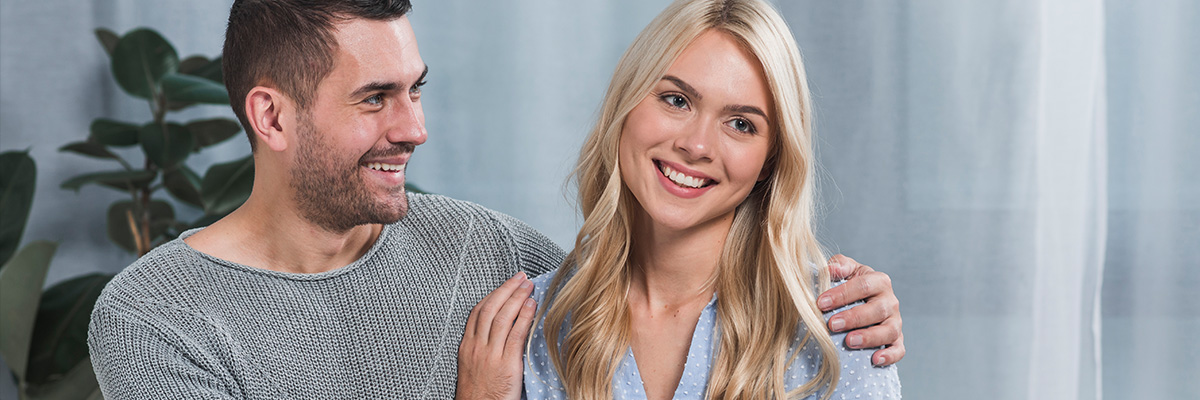
Our relationships are the foundation of our lives and when they are not going well it is painful and debilitating. I trained in Emotion-Focused Couple’s Therapy because it is a transformative approach that prioritizes healthy human attachment. And because attachment needs are basic to all human beings, it is an approach that transcends all cultural barriers and belief systems.
Emotion-Focused Couple Therapy has been extensively studied and researched in university settings around the world and has been shown to have a high rate of success with distressed couples.
I have practised Emotion-focused Couple’s Therapy for the last twenty five years. I initially trained with Dr. Greenberg at York University in 2000 and, over the next ten years, did my EFT Externship and Core Skills Training with the International Centre for Excellence in Emotion-Focused Therapy(ICEEFT) under the tutelage of Dr. Sue Johnson and Gail Palmer.
I chose to train as an Emotion-Focused Therapist because I believe the approach is both effective and humane. It is based on the notion that we all need close, intimate connections with others throughout the entirety of our lives, and that when these bonds are threatened, we become extremely distressed. This is a normal reaction and part of what it means to be human.
Unfortunately, few of us learned healthy ways to deal with relational distress at real, or perceived, threats of abandonment. Often the strategies we use to try to draw our partner closer, only succeed in driving them away.
Here, Susan Johnson talks about some of the inescapable disconnects that happen in every relationship:
“We start out intensely connected to and responsive to our partners. But our level of attentiveness tends to drop off over time. We then experience moments of disconnection, times when we don’t express our needs clearly. He is upset and really wants to be comforted, but she leaves him alone, thinking that he wants solitude. These moments are actually inescapable in a relationship. If you’re going to dance with someone, you’re going to step on each other’s feet once in a while . . . But we don’t talk about these conflicts in terms of deeply rooted attachment needs. We talk about the surface emotions, the ire or indifference, and blame the other. “He’s so angry; I feel so attacked,” or “She’s so cold. I don’t think she cares at all!” Each person retreats into a corner, making it harder and harder for the two to express their fundamental attachment needs, foreclosing the ability to gain reassurance from each other.
(Psychology Today, January/February 2009 edition.)
When we learn to hear our partner’s plea for connection hidden beneath a veneer of conflict and hostility, we are able interrupt the destructive cycles that drive us apart, and transform our relationships into a source of safety and refuge.
I work with all kinds of relationships – Heterosexual, LGBT or Polyamorous.
